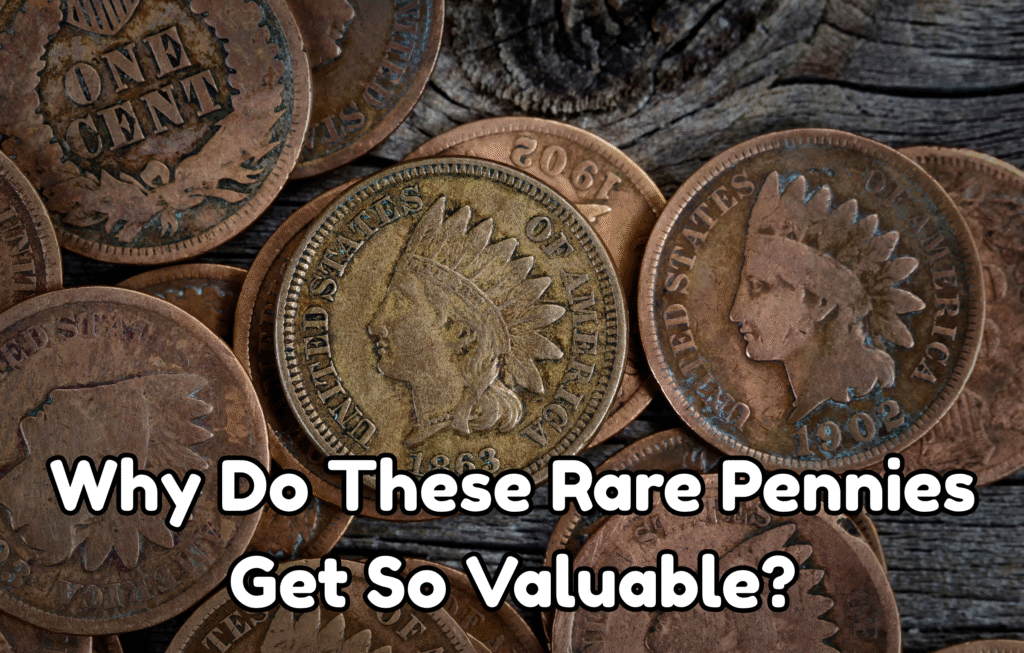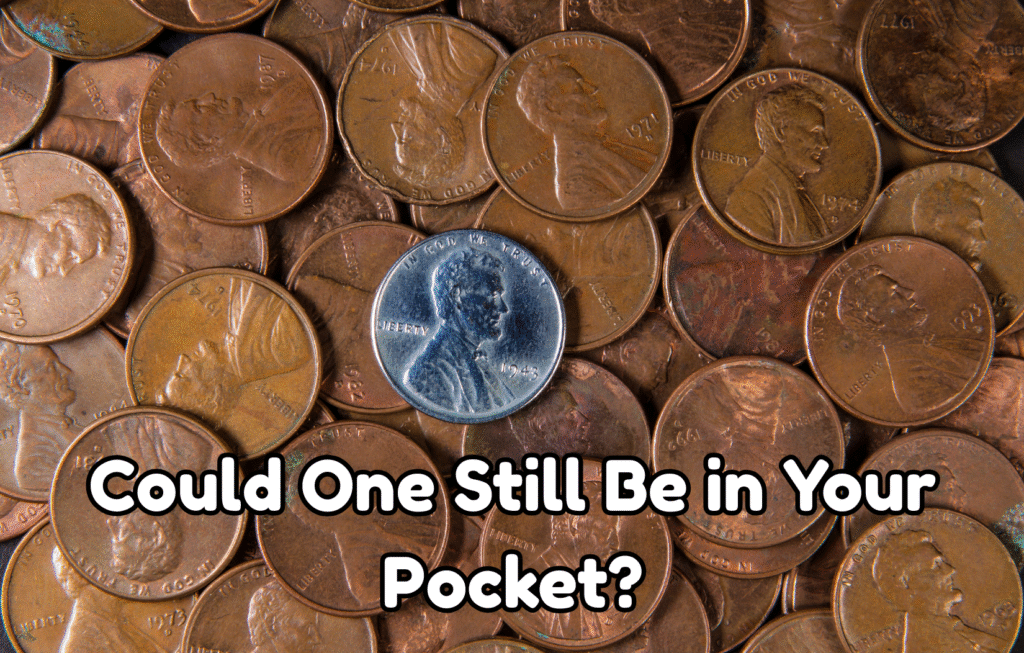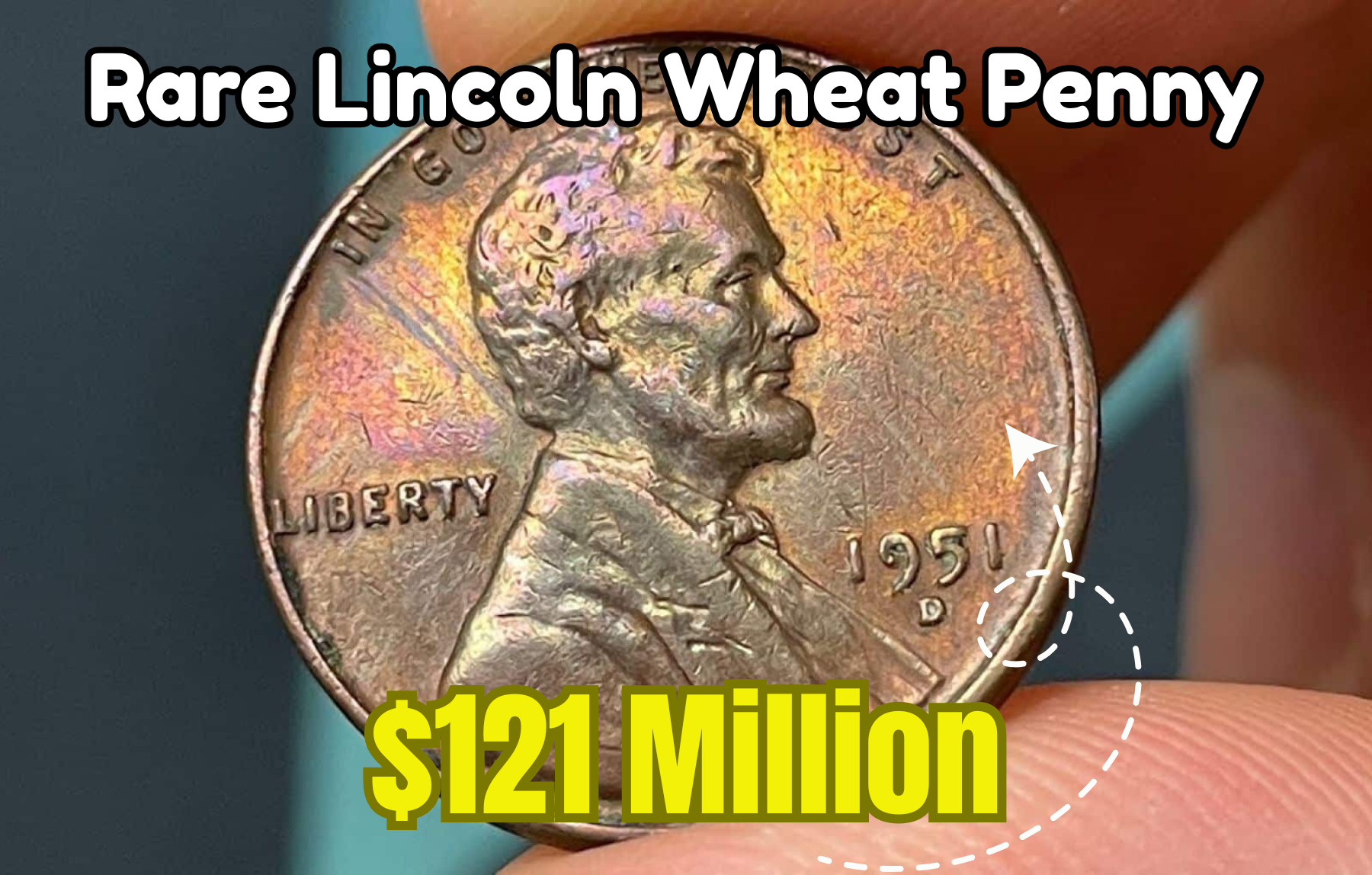What Is a Lincoln Wheat Penny?
- The Lincoln Wheat Penny refers to U.S. pennies (one‑cent coins) minted between 1909 and 1958, featuring Abraham Lincoln on the obverse (front), and “wheat stalks” on the reverse. They were replaced in 1959 by pennies bearing the Lincoln Memorial on the back.
- Some “Wheat Pennies” are common, worth just a few cents (or slightly more), depending on condition. Others are rare because of low mintages, mint errors, or unusual planchets (the metal blank used to strike coins).
The $121 Million Claim — Why It’s Likely False
Several recent online articles (blogs, coin‑websites, etc.) have claimed that a Lincoln Wheat Penny is or may be worth $121 million and still in circulation. However:
- There is no verifiable auction or sales record showing a penny selling for anything near that figure.
- Numismatic experts and reputable coin grading or auction houses do not recognize any such sale.
- The most valuable Lincoln Wheat Pennies sold to date are in the millions of dollars at most, not tens of millions.
So far, “$121 million” seems to be a myth or exaggeration, likely fueled by clickbait articles or speculation. No trustworthy numismatic authority supports that valuation. See detailed data below.
What Are the Highest Documented Sale Prices?
Here are some of the most verified high‑value Lincoln Wheat Penny sales, especially error or “off‑metal” varieties (coins struck on the wrong metal):
- The 1943‑D Copper Penny (Denver mint, bronze/copper planchet rather than the intended steel) is considered among the rarest. One sold in 2010 for about $1.7 million.
- Other 1943 copper pennies (from Philadelphia or San Francisco mints) have sold in recent years for high six‑figure sums—often hundreds of thousands of dollars.
- The highest values are always dependent on condition (grade), staking of authenticity (whether a coin has been certified by a grading service like PCGS or NGC), and exact rarity (mint mark, variation).
Although these are impressive rarities, they are far from $121 million.
Why Do These Rare Pennies Get So Valuable?

Here are the main factors that drive high prices:
- Rarity – How many exist. For example, only a few genuine 1943 copper planchet pennies are known. Some mints may have only 1‑2 surviving specimens of a particular error.
- Error / Off‑Metal Minting – During WWII (1943), the U.S. Mint was trying to conserve copper, so pennies that year were made from steel, coated or uncoated. If a penny was struck on a copper planchet by mistake, it becomes an extremely rare error.
- Condition / Grade – Coins that are extremely well preserved (minimal wear, sharp details, original color) command far higher premiums. Certified (graded) coins are trusted more.
- Mint Mark – The location where the coin was minted (e.g. “D” for Denver, “S” for San Francisco, or no mint mark which often means Philadelphia) matters. Some mint marks had far lower production or fewer error examples, thus rarer.
- Historical / Collector Demand – Because people value “one of a kind,” military history, war‑era oddities, etc., collectors compete more fiercely for those rarities. This competition pushes up prices.
Could One Still Be in Your Pocket?

Technically, yes—but very, very unlikely. Here’s why:
- Because these rare pennies are so valuable, most that have been discovered are held in collections or vaults rather than circulated.
- Many articles sensationalize that some examples are “still in circulation,” but this tends to mean they haven’t been found (or confirmed) yet, rather than being freely used in commerce.
If someone did have a genuinely rare 1943 copper penny (or similar rarity) in everyday change, they probably wouldn’t know it without careful inspection (metal test, mint mark, etc.).
Tips If You Think You Might Have a Special Lincoln Wheat Penny
If you believe you might possess a valuable Lincoln Wheat Penny—especially a 1943 copper variant or other error coin—here are some checks you can conduct:
- Magnet test: Steel is magnetic; copper is not. A genuine 1943 copper penny will not stick to a magnet.
- Weight: Different metals have different weights; copper coins are slightly heavier than steel ones.
- Mint mark and date clarity: Look closely at the date and mint mark; errors, die defects, or missing mint marks are clues.
- Color and toning: Original copper tends to keep a reddish or brownish tone. Artificially plated coins or fakes may look off.
- Authentication / grading: If your coin might be valuable, get it certified by a reputable coin grading service. This provides proof of authenticity and condition, which is essential for selling or insuring.
Summary
- There is no credible instance of a Lincoln Wheat Penny being sold for $121 million. That claim appears to be myth or hyperbole.
- The most valuable specimen known, a 1943‑D copper penny, sold for around $1.7 million in 2010. Other error pennies fetch prices in the hundreds of thousands.
- Rare Wheat Pennies do exist and do occasionally turn up in loose change or collections, but finding one worth millions in your everyday coins is extremely unlikely.
- Always approach sensational claims with skepticism; rely on certified sales records and experts in numismatics.
FAQs
1. Is a Lincoln Wheat Penny really worth $121 million?
No, there is no credible evidence a Lincoln Wheat Penny has sold for $121 million. This claim is exaggerated and unsupported by any auction records or numismatic experts.
2. What is a Lincoln Wheat Penny?
It’s a U.S. one-cent coin minted from 1909 to 1958, featuring Abraham Lincoln on the front and wheat stalks on the back.
3. What’s the most valuable Lincoln Wheat Penny ever sold?
The most valuable known is a 1943-D copper penny, which sold for around $1.7 million in 2010 due to its extreme rarity and minting error.
